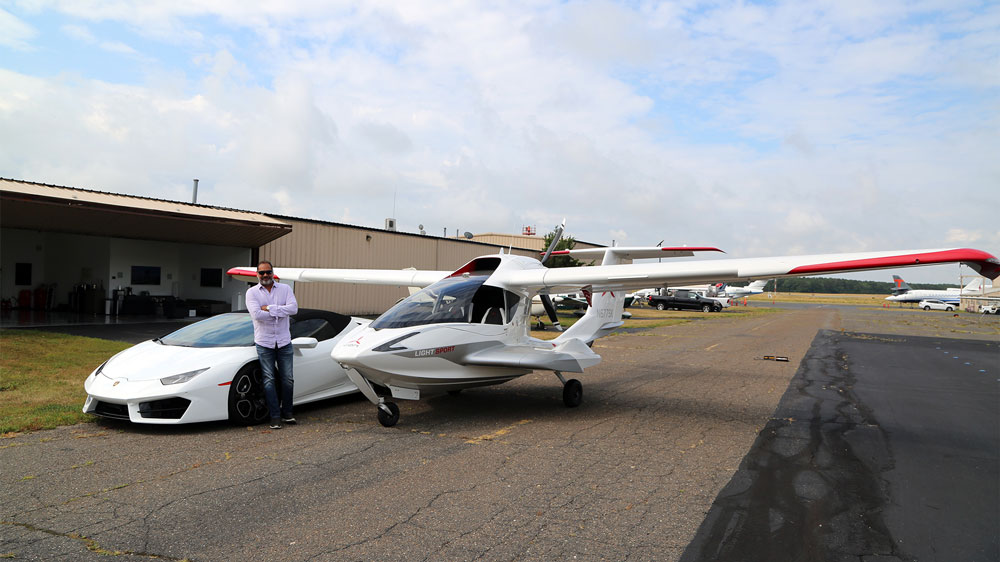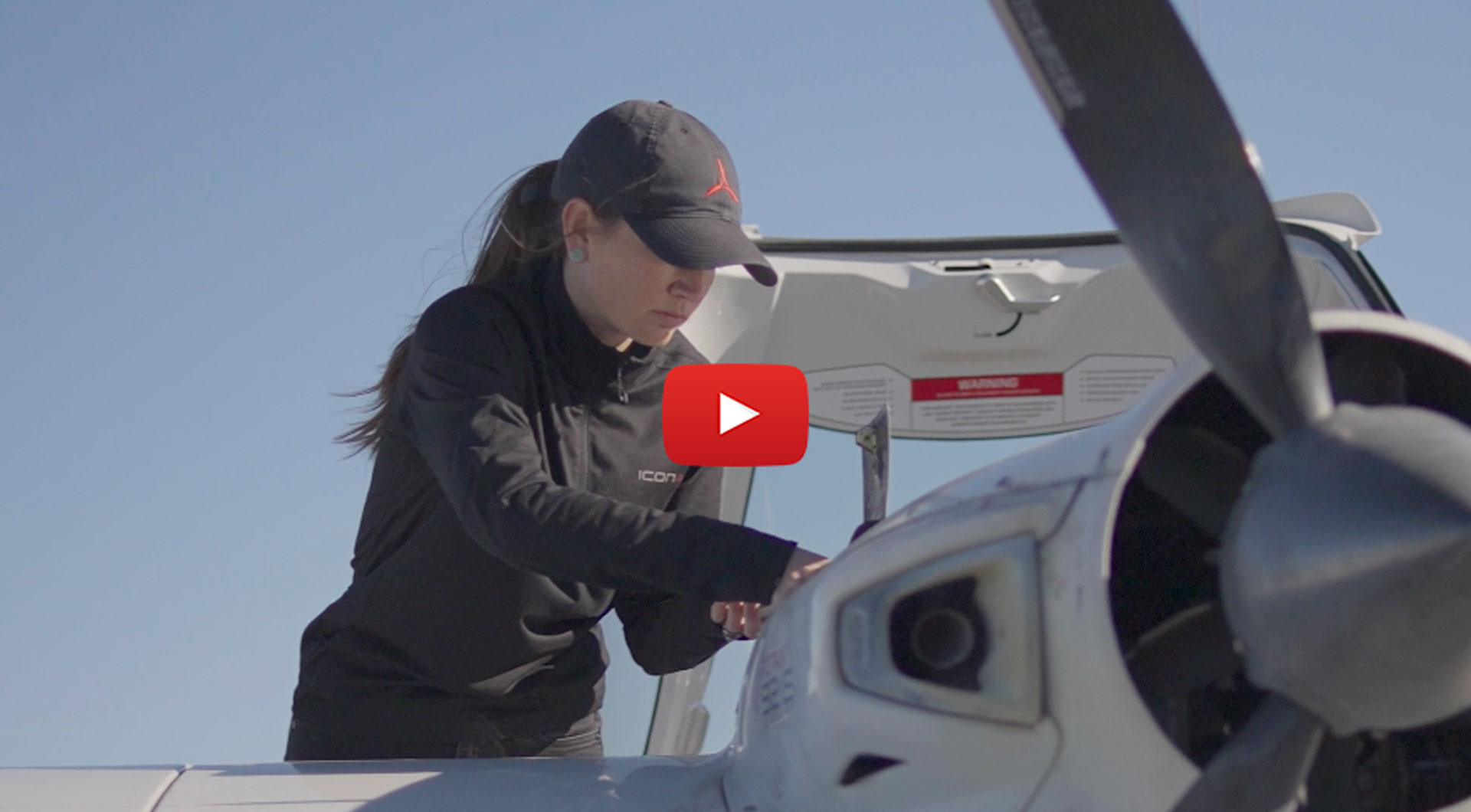How to Become a Pilot While Working a Full-Time Job
For many, becoming a pilot can feel like a second job, especially for working professionals. Countless resources help aid aspiring pilots on how to enter the pilot workforce. The usual recommendation being to abandon all aspects of your life for 3 to 4 weeks and rage into flight training like flying may soon be illegal. While these programs are famous for creating pilots in less than a month, they are not dedicated to hobbyists learning to fly for fun or for their own personal use.
When developing a flight training plan, setting aside “2 to 3 days a week” for say “3 to 4 months” is often what aspiring pilots—who are holding down a full time job—shoot for. It sounds good on paper, especially for someone who has never gone into flight training and doesn’t know any better, but is it a reasonable timeline?
What factors can turn 3 to 4 months into half a year and beyond?
The requirements for becoming a private pilot are the same for everyone—irrespective of the overall objectives. But this shouldn’t overlook the unique factors that impact a person’s flight training experience. Below are a few insights on what can extend flight training that I haven’t seen other flight training articles cover in-depth. Primarily, how to determine the amount of time becoming a pilot will consume for those not interested in becoming airline pilots.
Private pilot license requirements
To cut to the chase, to become a pilot rated to fly single-engine airplanes, one needs to do the following:
- Study for the written exam put out by the FAA
- Receive an endorsement to take the written exam by an instructor (or take an online class)
- Pass the written exam
- Find a plane, flight instructor, or flight school and fly for at least 40 hours in an airplane
- At least half of this time needs to be dual instruction (a flight instructor flies alongside you)
- At least 10 hours is solo time (yep, you’re flying by yourself)
- After these (and a few more) time requirements are met, an examiner from the FAA schedules your exam.
- The first part of the exam consists of a 90-minute conversation. This oral exam includes the student pointing out relevant information on sectional charts and airplane manuals to the examiner, answering performance questions related to their aircraft, and illustrating the sufficient knowledge to be a pilot.
- The second part of the exam, conducted almost always on the same day, is from the cockpit, where the examiner makes sure the student has the skills and composure to fly a plane in standard conditions.
- Once both exams are passed, you are officially a pilot and can exercise your privileges that day.
So, all told, yea, that’s how you become a pilot. On paper, it’s a roughly straightforward process. But why does flight training drag on for so many people, particularly those with a full-time job? As I mentioned in a related post, regarding how I searched for flight schools near me, there is no answer that can be condensed into this article, so I wrote a book called 40 Hours. The crux of which is commanding your flight training so that learning to fly becomes the experience of a lifetime, not a wild goose chase. I will give you some insight in this post that previews 40 Hours and can quickly put the person looking to become a pilot on the right track.
How long does it take to become a pilot?
Overall, it’s better to rephrase this question. Don’t ask how long it takes to become a pilot. Ask, why do you want to become a pilot right now? Becoming a pilot requires a significant amount of discipline, particularly for the working professional who has other matters going on in their life and doesn’t need to become a pilot for the purpose of making a living. To have this discipline, one needs to understand their strengths and weaknesses.
Obviously, it’s difficult to understand how your traits will positively and negatively affect flight training until you pursue it in earnest. But consider flight training is basically an exercise in:
- Patience
- Communication
- Listening
- Composure
- Patience
- Situational awareness
- Humility
I repeated patience above, as it really can’t be listed enough times. People who are impatient generally make for bad pilots. Moreover, they don’t make productive students. Flight instructors can tell the difference between drive and urgency. Frankly, many of them will shy away from someone who just needs to get their license in X amount of time. Or is pushy regarding the instructor signing them off for a checkride they may not be ready for.
Flight school takes as long as it takes. Someone once told me it should be as long as a piece of string. I still don’t know what that means but it kind of makes sense in that there is really no right answer.
The point is, there are better questions to ask and it starts with an honest self-assessment.
Private pilot license cost
I’d recommend viewing the cost of a pilot license on a spectrum, instead of shooting for a specific number or budget.
If you happened to take the quiz above, the below will be redundant in some form. But consider two different students’ approaches to flight training.
Student 1:
- Trains in a relatively rural area that isn’t terribly busy
- Flies in an older airplane with analog/steam gauges (very limited electronics)
- Has a dedicated instructor for two weeks who teaches them solely what the FAA examiner will request of them on their FAA checkride
It’s highly likely this person will receive their private pilot license in or around 40 to 50 hours of flying time.
Student 2:
- Trains in an aircraft with advanced avionics (e.g. glass cockpit/Garmin G1000, etc.)
- Will add an additional 10 to 20 hours of training. Add $2,000 to $4,000.
- Trains in busier airspace (near a major metropolitan area)
- Could easily add another 10 to 20 hours to flight training. Add another $2,000 to $4,000
- Receives training from multiple instructors with different backgrounds, not necessarily for a specific checkride
Let’s assume, at a bare minimum, Student 1 receives their pilot license in 40 hours. That cost will be around $12,000 with exam fees out the door, with a margin of +/- $1,000 up or down. But that student will not receive the same experience as Student 2. The second student needed to fork over an additional $6,000 to $12,000. And on paper, both of those people earned their private pilot license. But Student 2 has a substantial amount of knowledge and experience that can be applied to their flying “career” moving forward. Student 1 would need to pay for this down the line, assuming they valued these privileges.
All told, understand the value of your experience when pursuing your private pilot license. Expediting flight training can get student’s across the finish line quicker, but with fewer skills. Don’t simply view the pursuit as the purchase of a single SKU, as not all experiences are created equal.
Sport pilot vs. private pilot license
Speaking of expediting flight training, the FAA designated the sport pilot license in 2004 as something of a shortcut to the pilot certificate. The sport pilot license allows aspiring pilots to earn a license in 20 hours, as opposed to 40 hours, of total time. That sounds pretty good, doesn’t it? Why would someone pursue their private pilot license when the sport pilot license can be earned with, on paper, half the time?
There are many reasons for aspiring pilots to put in the extra time and receive their private pilot, as opposed to the sport pilot. Chief among them is the sheer fact that 20 hours of flight training is not a fulsome flight experience. As alluded to above, it may create a pilot on paper, but that pilot will have a more specific (narrow) skill set.
Let’s bring out our two students, once more. Let’s say Student 1 goes for their sport pilot license. Meanwhile, Student 2 goes the extra mile and puts, say, 2 to 3 more months into their training and earns their private pilot.
Student 2 will be allowed to fly:
- At night
- An aircraft weighing over 1,430 pounds
- In Bravo (busier) airspace without a specific endorsement
Student 1 will not be able to do any of the above.
While there are some other minor differences, those are the headlines. Basically, a sport pilot is designated to aspiring flyers interested in piloting light sport aircraft, such as the A5. There is absolutely nothing wrong with this path. And it is very much legit. The bottom line, both a sport pilot and a private pilot license allow a person the privilege to fly an airplane. Depending on their mission, the sport pilot may be enough.
There’s also nothing stopping a sport pilot from earning their private down the road, considering they will have a foundation in place. They will NOT be allowed to pursue their instrument rating, however, until they earn their private or are pursuing it in parallel with the IR rating.
Airplane flying handbook
When setting out to become a pilot or while simply kicking tires to see if it’s for you, students are commonly told to just “read all of the private pilot books” to develop their overall knowledge. One of these books is the Airplane Flying Handbook, which is put out by the FAA. This is one of the better “selling” books on becoming a pilot. Ironically, it is available as a free PDF download from the FAA website and doesn’t even need to be bought. The FAA wants you to have it.
Additionally, my book is meant to augment the material found in the Airplane Flying Handbook and many private pilot textbooks. 40 Hours is a self-help book to navigate student pilots through choosing a flight school, how to audit flight instructors, a brief history as to what makes a “good” pilot, and to encourage them to take command of every viable aspect of flight training—it is a good supplement to the resources that primarily teach an aspiring pilot about weather, airspace, and aeronautical forces. As a bonus, for those who prefer listening over reading, it is one of the few audiobooks for becoming a pilot currently on the market.
Enjoy Flight Training
Flight training should be the experience of a lifetime, not a chore that one hopes to mow through. Taking this mindset into becoming a pilot, whether the student earnestly believes it or not, will increase their chances of earning their wings. This is admittedly easier said than done. Even positive people can get dragged down by the negativity of a flight school that exists to make money and to not really give people memories that will last with them forever.
Wanting to train “2 to 3 times a week” for “3 to 4 months” is often the extent of the plan student pilots put forth to earning their private, which many flight schools just say “sure we can do that” to not turn away the student. The reality is that external forces will make it difficult for a working professional to get as many as 10 flights a month. But it is possible. It is the route that I took along with many ICON A5 customers.
It simply must be noted that unlike the person plowing through flight training, full-time professionals will need to extract as much value as possible out of each of their flight lesson, given they will have more time between their flying and a less focused instructor. To manage the length of their flight training, they will earn their keep by studying nearly every day they are not in an in airplane. Sitting in a chair away from the cockpit, imagining themselves in the air, so they can be fully prepared the next time both the skies and their schedule are clear.
Flight training is a process, but it can be one that redefines not only where one can travel but what they can accomplish. It can literally transform who we are. When looked through this lens, and not that of a flight instructor trying to build time or a flight school trying to burn gas with a customer in the cockpit, flight training can be very rewarding. It can create memories and feelings that change the way we view the world and ourselves.
Flight training can pay for itself many times over, without you needing to quit your job or becoming an airline pilot.
Learn More About The ICON Lifestyle And Becoming A Pilot. Read The Latest Offerings From ICON Aircraft Publishing.
Safety and Training Resources
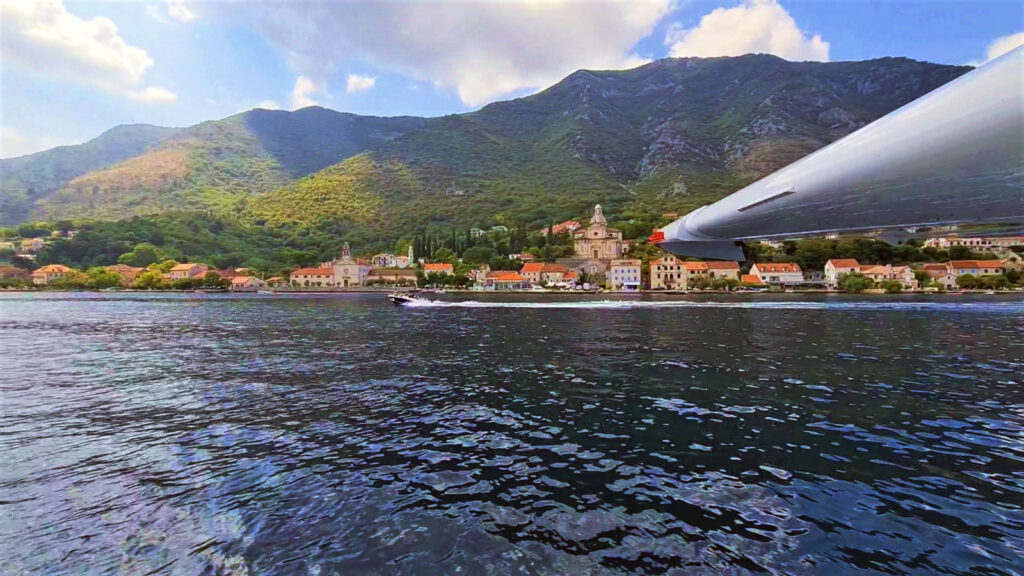
Flying the ICON A5 in High Density Altitude Environments
On even a cold day, operating in water environments at higher elevations provides some challenges that are important for A5 pilots to understand.
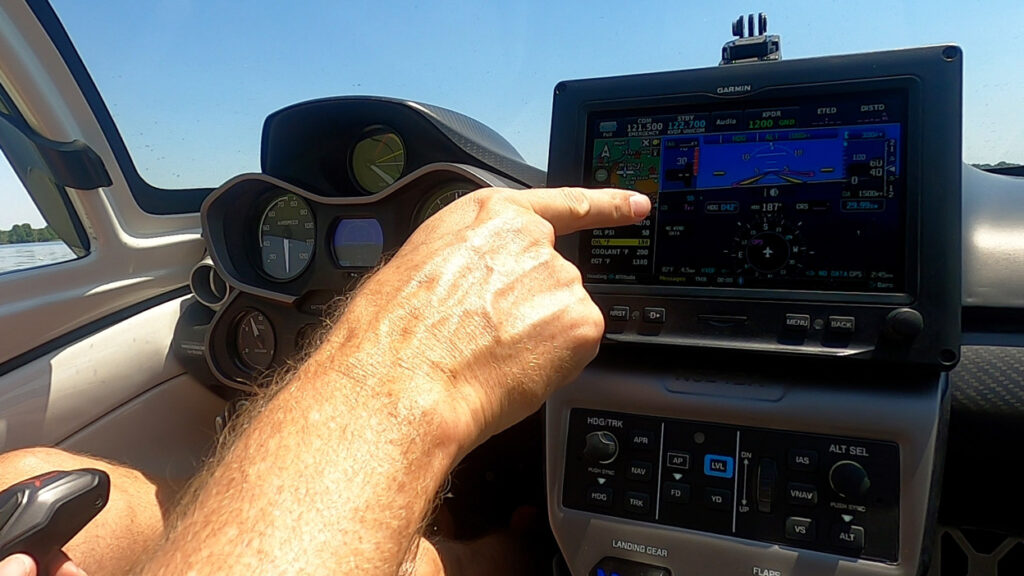
10 Hacks Every ICON A5 Pilot Should Know
With over 3000 hours in the ICON A5 collectively, our Tampa-based IFC Instructors compiled 10 Hacks every ICON pilot should know.
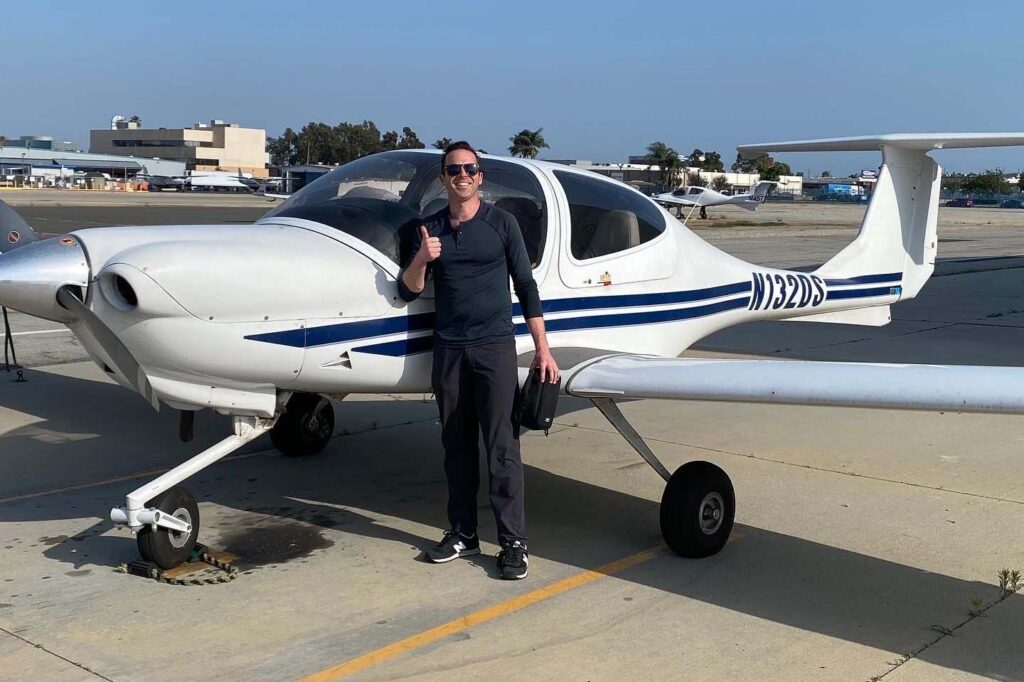
How I Found a Flight School Near Me
Finding a local flight school is quite daunting—many of the schools near me had the same aircraft, advertised private pilot training, and well, seemingly had plenty of flight instructors. How could I choose which would be the most efficient to not only earn my private pilot license?
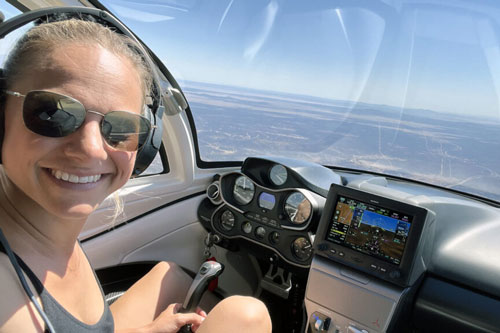
Flight Planning: Ferrying the ICON A5 from California to Michigan
The ICON A5 is a very unique aircraft with some incredible flight characteristics. When it comes to planning a cross-country flight, there are a few particular safety items to keep in mind. Here is a look at a ferry flight across the United States from ICON’s Marketing Manager.
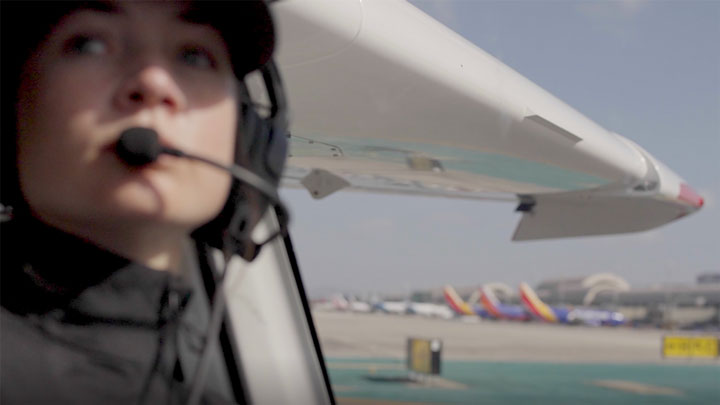
Reviewing Safety Considerations for Flying in Busy Airspace
For pilots who may be more familiar with flying at uncontrolled airports, flying in Class D, C, or B Airspace can be intimidating. If you are a Sport Pilot and want to broaden your horizons by seeking an additional endorsement in your logbook to fly in these areas, this video should offer an initial introduction for what to expect.
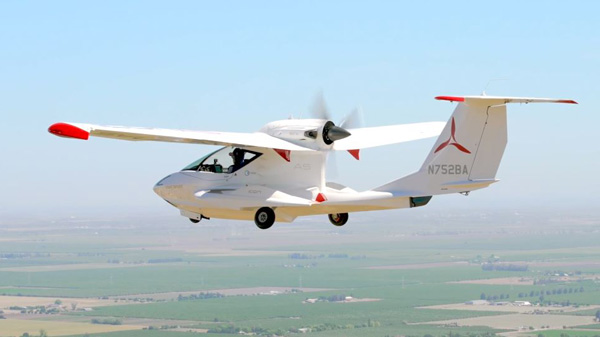
Safety Considerations for Landing with your Gear in the Correct Position
It seems simple enough: extend the landing gear when intending to land on a runway or other prepared surface, and retract the gear when landing on the water. The unfortunate truth is that accidents and incidents caused by landing with gear in the incorrect position occur far too frequently.
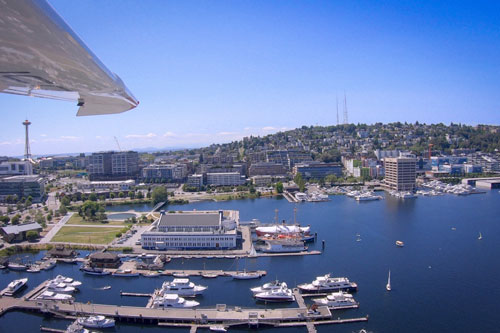
Landing the ICON A5 in Downtown Seattle | The Lake Union Approach
What allows the A5 to fly in this environment? What factors should a pilot consider to ensure this flight is performed safely? Flying the A5 in Seattle may be one of the most unique flights a pilot can experience in the country, especially considering how immersed the A5 makes you feel amongst the Seattle skyscrapers.
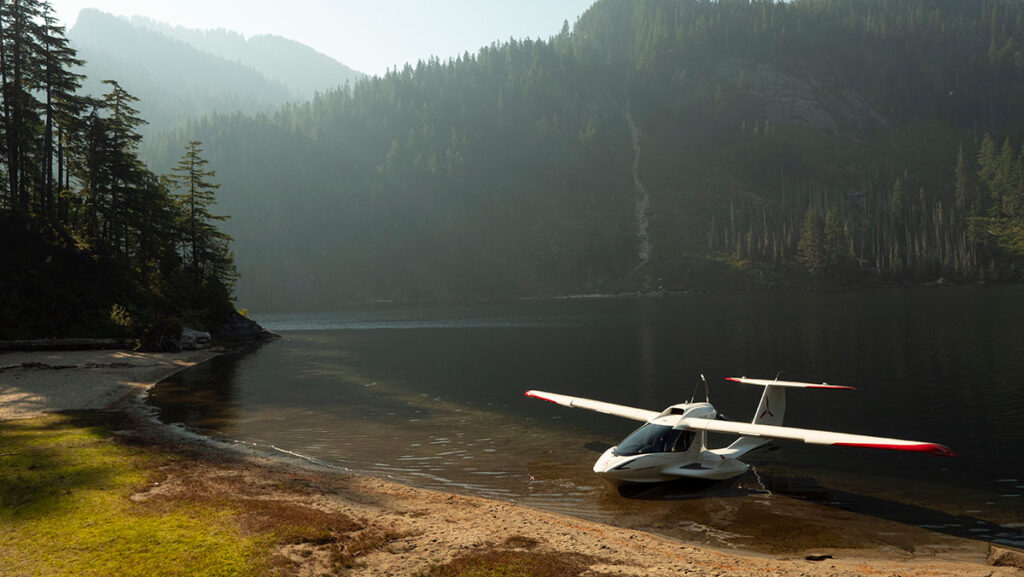
Flying the ICON A5 at Lake Isabel
An A5 Flight Instructor recently flew to one of the most popular seaplane destinations near Seattle. Watch how she planned her trip and approached a new area.
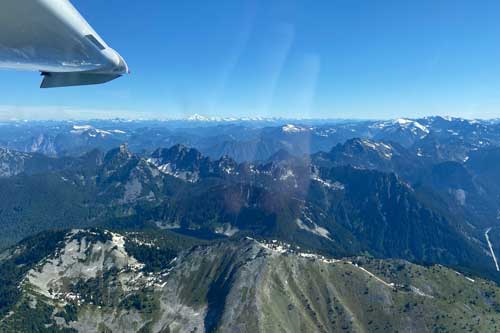
Flying the ICON A5 on a Cross Country Flight | Seattle to Spokane, WA
What’s the range of the ICON A5? It’s a question we at ICON Aircraft receive on a consistent basis. I recently had the chance to fly the A5 from Seattle to Spokane, WA, making a stop at Grant County International Airport.
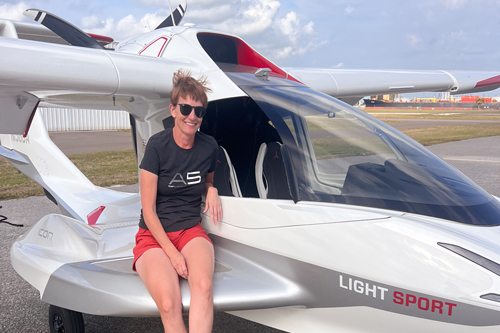
ICON Instructor Pilot Profile: Jo McPherson
Meet IAFI Joanna McPherson: A Mother of Six and a Civil Air Patrol Volunteer Inspired to Become a Pilot and an ICON Authorized Flight Instructor
